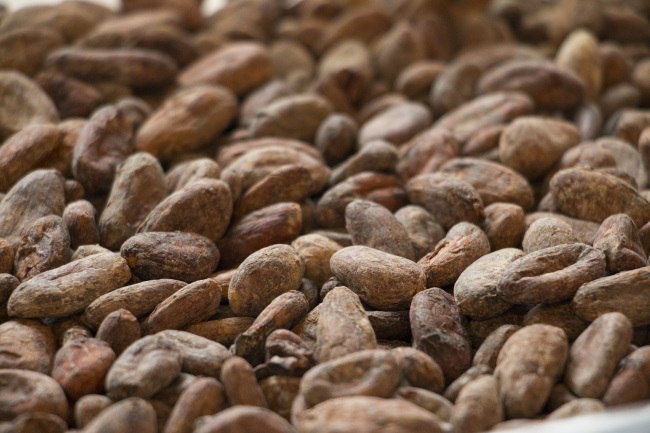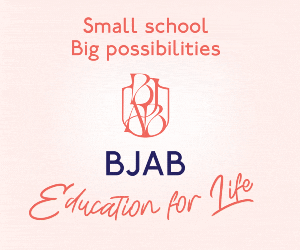In Belgium: Ludivine Nolf asks if Belgian chocolate is in danger of becoming overpriced and losing their cachet?
The number of outlets in downtown brussels might suggest so. Welcome to Belgium’s chocolate wars… It no longer matters about the price – tourists love Belgian chocolates. And it’s true that some of the most famous names can be found around the Grand’Place in the heart of Brussels – Galler, Neuhaus, Leonidas, Horn and others have set their own seals upon the identity of both the city and country, as certified by the prized label ‘Belgian Chocolate’, a reassurance that the choc-hungry tourist is spending his or her money on something that is 100-percent Belgian.
But this isn’t always the case with the ever-expanding number of souvenir shops around Rue de l’Etuve, Rue au Beurre and La Bourse, which are increasingly ripping off tourists with ‘discount’ chocolates bearing descriptions such as ‘Home Made’, ‘Premium Belgian’, ‘Belgian Hand Made’ or even ‘Finest Belgian’…some of these have even been known to fool Belgians.
Industrial Production: It has really only been in the past year that souvenir shops have taken over Brussels centre. At the last count, there were 30 within a stone’s throw of the Grand’Place. One only has to peer round the door to see the same boxes bearing the same labels – all industrially produced, but billed itself as the work of Belgium’s finest chocolatiers. Many of these outlets sell chocolate under
the generic name Filip Martin, which has tied up a third of the small knick-knack shops installed around the centre, operating a quasi-monopoly that is infuriating for the real artisans.
Asian Soliciting: While many of these shops do sell justly famous chocolates (Cote d’Or, for example), much more is marketed simply as ‘Belgian’. This is proving catastrophic for quality chocolatiers, who have seen their profits in freefall since the influx of cheap mass-production. The most ready market for Filip Martin’s industrial chocolate is, inevitably, tourists, often Chinese or Japanese, whose guide books say little about where to buy the best chocolate, and who are attracted by bargain prices: Filip Martin’s outlets can sell chocolate with a huge reduction on boxes of ten, 12, even 15, at prices with which smaller producers cannot compete.
Many of the shops hire Asian saleswomen to solicit trade in the streets, offering tastings. While technically illegal, the practice appears to go largely unpunished. Chocolate specialists, without wishing to provoke a turf war, are shocked that even when Filip Martin outlets are convicted of fraudulent practice, they usually remain open. The balance seems loaded in favour of the souvenir shops and their mass- produced goods, as they have quality checks made only twice per year.
Prices Up Again: And there has been another adverse effect – the prices of quality chocolate in the tourist centre of Brussels, at places such as Cote d’Or’s new store in Sablon, or outlets selling Godiva or Neuhaus products, have been driven up, with chocolates three or four times more expensive than at outlets further from
the centre. The Chinese tourists gathering round the Mannekin Pis are unaware of these discrepancies in prices, and most tourists, when pressed, will simply reply that this was where their guidebooks told them to come for Belgian chocolate.
The high-end chocolatiers’ fightback has begun, however – in the Galeries Royales, Neuhaus have employed polyglot sales staff – a Pole and an Asian – who know their chocolate. These famous brands are aware of the harm caused by cheap industrial confectionery. As a Neuhaus spokesperson told Together : ‘’It’s pleasing to see Belgium’s reputation growing abroad as a country of beer and chocolate – but this unfair competition in Brussels is distorting prices and will end up harming our image as chocolatiers of quality.’’
Choc Stats: Belgians eat on average 18kg of chocolate per person per annum. There are approximately 150 chocolate sellers nationwide; Belgium makes 160,000 tonnes of chocolate per year and the industry employs 7,200 people; The sales turnover of Belgian chocolate producers is 1.5 billion euros – 70 percent goes to export; The European Standard Directive on Chocolate of 15th March 2000 decreed that products using vegetable-fat content apart from cocoa butter could still be named ‘chocolate’. In Brussels, ‘Chocolate 100% cocoa’ with the Ambao logo is used to distinguish ‘real’ from ‘ersatz’ chocolate.







